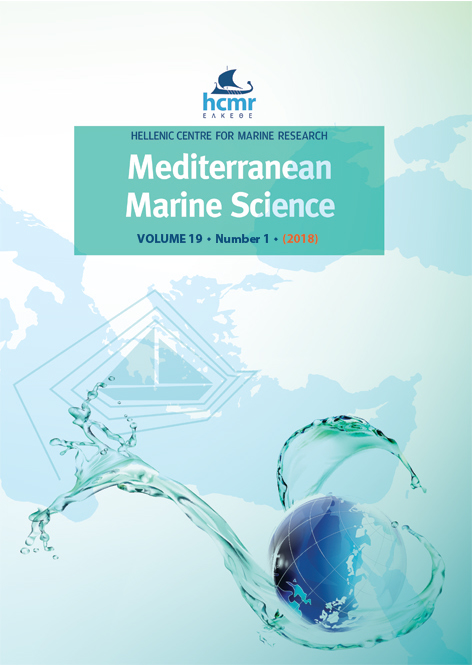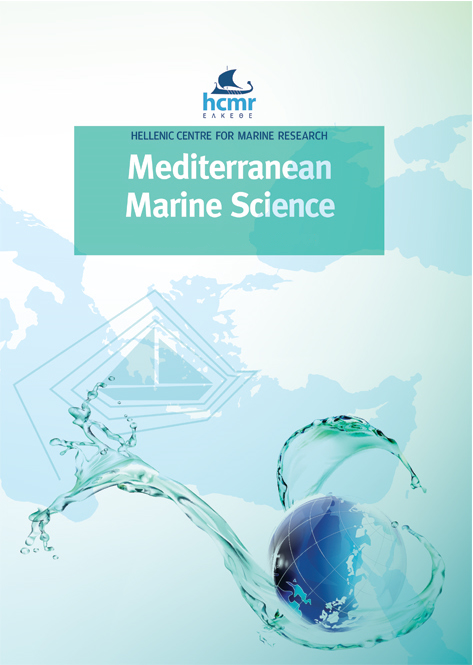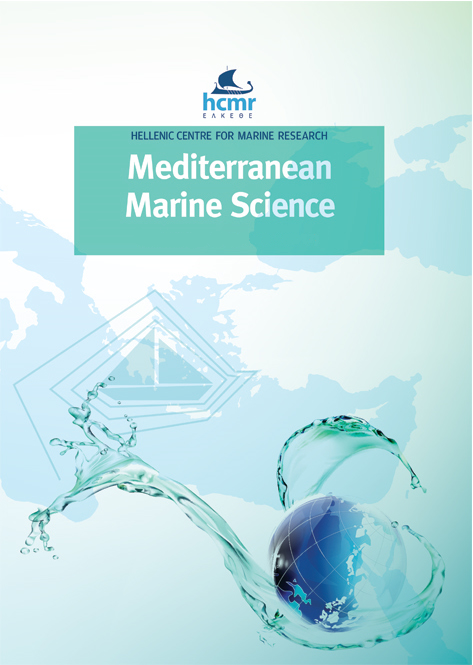Shedding light on an East-Mediterranean mesophotic sponge ground community and the regional sponge fauna
Resumen
Sponges are a diverse and abundant phylum, globally inhabiting many hard-bottom habitats. However, data on the East-Mediterranean sponge communities are scarce, outdated, and limited to the shallow waters. This study sought to expand the knowledge of the poriferan fauna along the Mediterranean shore of Israel. A newly-discovered mesophotic sponge ground at ~100 m depth was studied using a remotely-operated vehicle (ROV), in addition to shallow-water surveys conducted by scuba diving. In the mesophotic ecosystem, sponges, serving as environmental engineers, create complex 3D structures that attract invertebrates and fish. The results of the quantitative survey of this mesophotic sponge ground reveal that it maintains a rich and diverse community with an estimated 63 species, and a high sponge percent coverage (~35%). Several of the mesophotic species are documented for the first time from the Levant basin, while others might be novel species. Here we identified over 100 sponge species along the Mediterranean coast of Israel, 33 of which were sampled from the mesophotic sponge ground. The updated sponge list supports the hypothesis that the Levantine sponge diversity is not as species-poor, compared to other parts of the Mediterranean Sea, as has previously been considered. In addition, shallow and mesophotic sponge community compositions were found to only partially overlap. Moreover, the latter harbors some species that have disappeared from the shallow habitats, and only a few species thrive along the entire depth range. We suggest that mesophotic sponge grounds may serve as refugia for species stressed by the rising temperatures in shallow waters and should be protected from anthropogenic influences such as oil and gas drilling.
Article Details
- Cómo citar
-
IDAN, T., SHEFER, S., FELDSTEIN, T., YAHEL, R., HUCHON, D., & ILAN, M. (2018). Shedding light on an East-Mediterranean mesophotic sponge ground community and the regional sponge fauna. Mediterranean Marine Science, 19(1), 84–106. https://doi.org/10.12681/mms.13853
- Número
- Vol. 19 Núm. 1 (2018)
- Sección
- Research Article
Authors who publish with this journal agree to the following terms:
- Authors retain copyright and grant the journal right of first publication with the work simultaneously licensed under a Creative Commons Attribution Non-Commercial License that allows others to share the work with an acknowledgement of the work's authorship and initial publication in this journal.
- Authors are able to enter into separate, additional contractual arrangements for the non-exclusive distribution of the journal's published version of the work (e.g. post it to an institutional repository or publish it in a book), with an acknowledgement of its initial publication in this journal.
- Authors are permitted and encouraged to post their work online (preferably in institutional repositories or on their website) prior to and during the submission process, as it can lead to productive exchanges, as well as earlier and greater citation of published work (See The Effect of Open Access).








